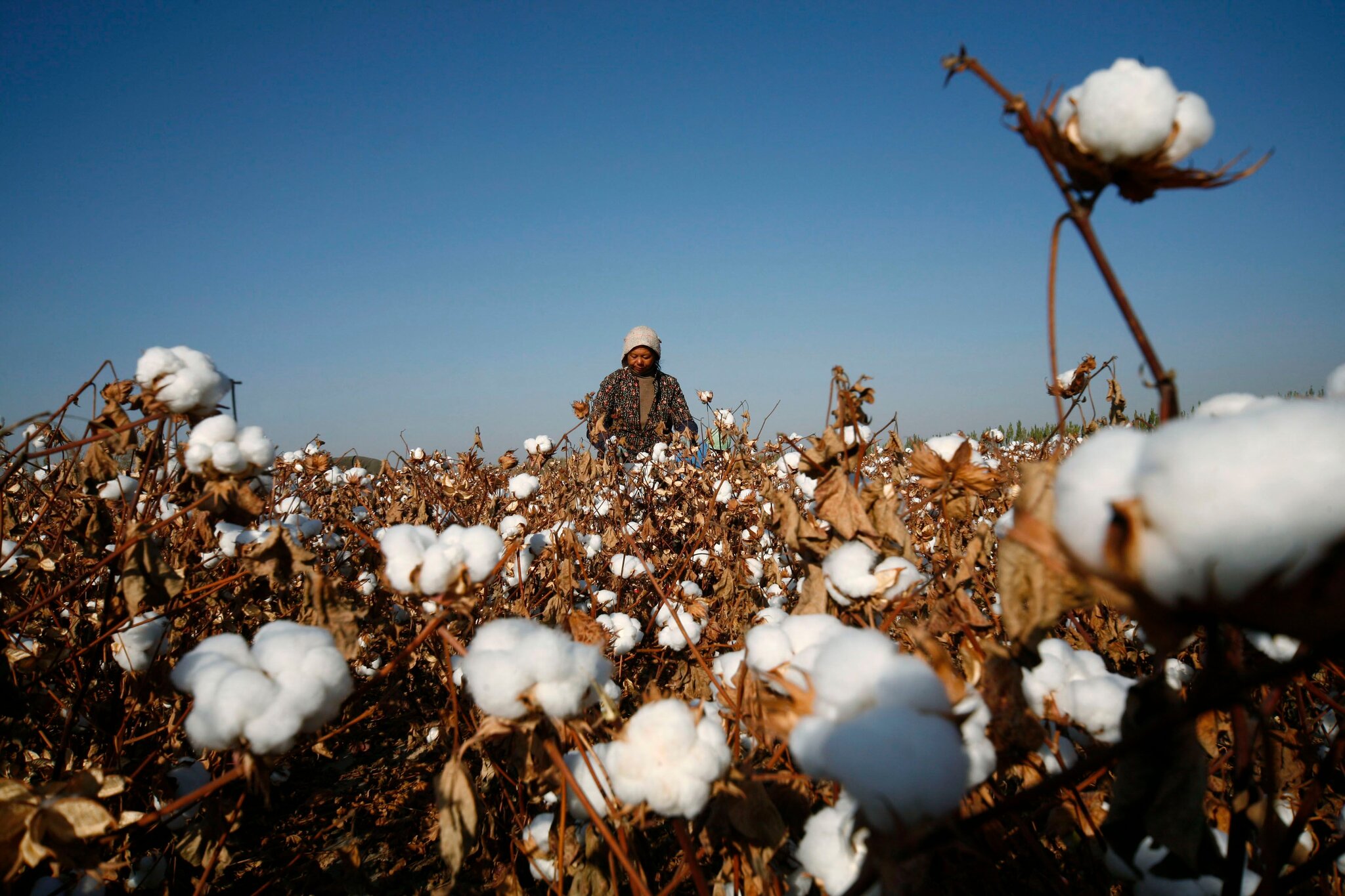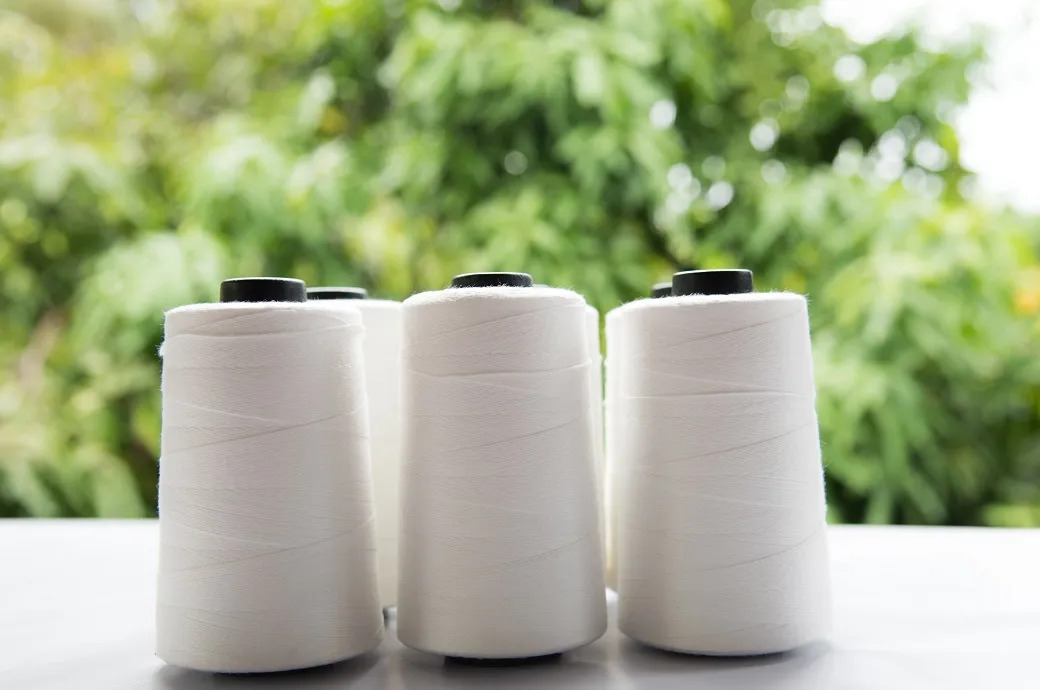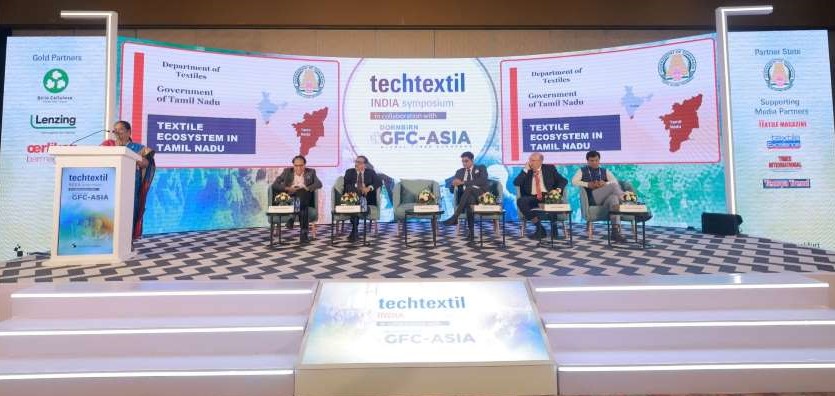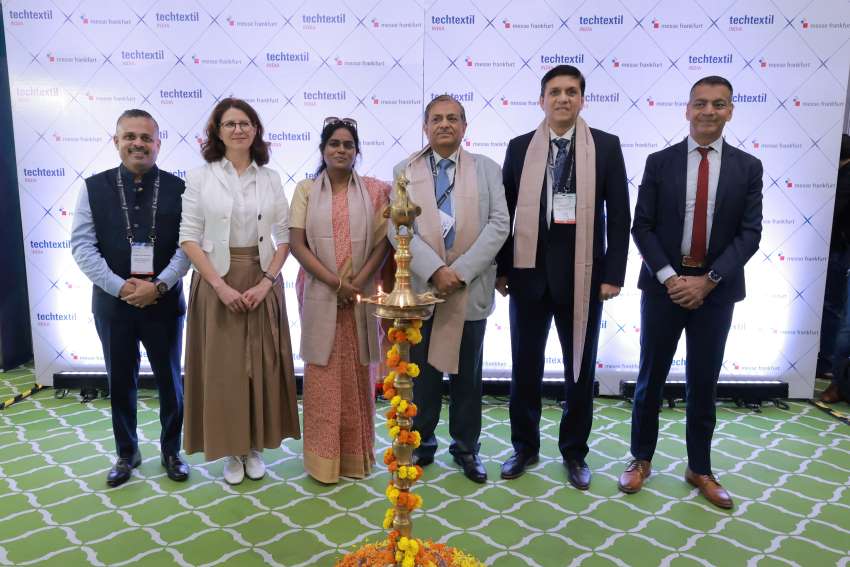Cotton production in Kenya currently stands at 4,000 metric tons of lint while the spinning capacity demand is about 10,000 metric tons of lint. Currently, the country imports more than 50 per cent of its lint requirements from the neighboring countries, putting pressure on the demand for foreign exchange.
Initiatives have been put in place to enable smallholder farmers venture into the farming of cotton and help revive the troubled sector.
Cotton is a crop that is mainly grown in western, coastal and central Kenya.
Key stakeholders such as farmers, input suppliers, market agents, ginners, spinners and textile millers have been involved in promoting not only production but the value and consumption of cotton.
Various resources are being mobilised to ensure that opportunities in the cotton textile value chains are enhanced. To achieve the goal, farmers are given easy credit, being trained, provided farming inputs such as equipment, seeds and chemicals.
Currently the country produces an average of 25,000 bales against a demand of 2,00,000 bales, with the deficit covered through imports from neighboring countries of Uganda and Tanzania and from the Far East.
Cotton production has remained below the national demand due to unstable international prices and high cost of production.
Kenya revives cotton industry
- 1
- 2
- 3
- 4
- 5
- 6
- 7
- 8
- 9
- 10
Cotton’s fragile comeback, how the US-China truce is redrawing global fiber map
When Presidents Donald Trump and Xi Jinping announced a fragile peace in Busan last week, most of the attention in... Read more
Viscose freed, industry revived as India’s raw material reforms trigger a new MM…
In a policy reversal that has given some relief across India’s textile ecosystem, the Ministry of Textiles has officially rescinded... Read more
Q3 Lyst Index reveals a turning point, Saint Laurent rises, Loewe slumps
In a fashion industry often driven by noise viral micro-trends, rapid-fire drops, and overstated marketing the third quarter of 2025... Read more
India Fashions a Greener Future: Global Fibre Summit spotlights $100 bn export g…
The world's largest fibre innovation congress, the Dornbirn Global Fibre Conference (GFC) Asia, made a landmark debut in Mumbai this... Read more
Techtextil India 2025: Mumbai kicks off 10th edition, focussing on sustainable a…
The premier trade fair for technical textiles, non-wovens, and composites, Techtextil India 2025, commenced today, November 19, 2025, at the... Read more
Fashion’s Next Playbook: Leaders at WWD summit push for radical transformation
On October 29 and 30, the marble halls of Cipriani South Street became the nerve center of a global fashion... Read more
Tariff turbulence spurs transformation in India’s textile value chain
When the US announced a sweeping 50 per cent tariff on Indian textile and apparel imports, the shockwaves reverberated across... Read more
A Punishing Paradox: Is Made in America unravelling the US textile industry?
The Make America Great Again (MAGA) is initiative aimed at breathing new life into US manufacturing, but its impact on... Read more
India's Textile Sector Sews Up Global Trade Alliances in Singapore: Focus on FTA…
The future of India’s textile and textile machinery sector is poised for exponential growth, driven by strategic international collaborations, notably... Read more
QCO rollback and export boost, the two-step formula powering India’s textile com…
November 12, 2025, could go down as a watershed date in India’s textile history. In a single day, the government... Read more












